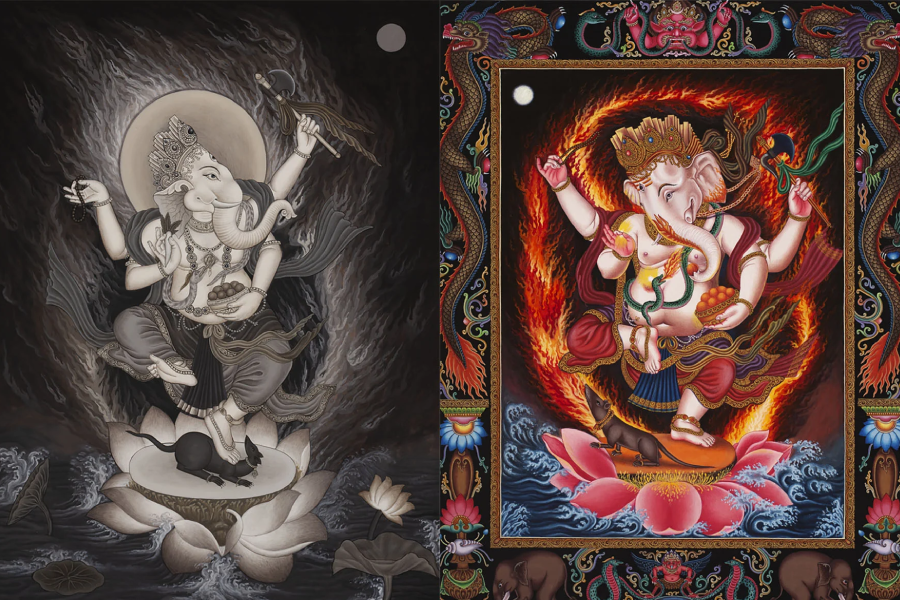
- 10 Dec, 2024

Paubha art, a traditional form of painting originating in Nepal, is not merely an aesthetic creation but a deeply spiritual practice. The intricate designs, bright colors, and sacred imagery found in Paubha paintings hold profound religious and cultural significance. Rooted in the teachings of Buddhism, Paubha paintings often depict Buddhist deities, mandalas, and scenes from sacred Buddhist scriptures. These works are intended to be more than decorative pieces—they are tools for meditation, prayer, and reflection.
In this blog, we’ll explore the spiritual role of Paubha art in Buddhist communities. The visual elements in Paubha paintings often act as a bridge between the material world and the divine. The intricate symbols and figures encourage contemplation and meditation, assisting practitioners in focusing their minds on spiritual pursuits. The act of creating Paubha art itself is considered a form of devotion, with each brushstroke and color choice embodying a connection to the divine.
We’ll also delve into how these paintings can be used as part of daily life for personal spiritual growth. In many homes and temples, Paubha paintings serve as focal points for daily prayers or meditation, offering a reminder of deeper truths and guiding individuals toward enlightenment. Whether it’s a vivid representation of a Bodhisattva or a complex mandala, each Paubha painting is designed to inspire peace, mindfulness, and spiritual elevation, making it a powerful tool for personal transformation.
Comments (0)